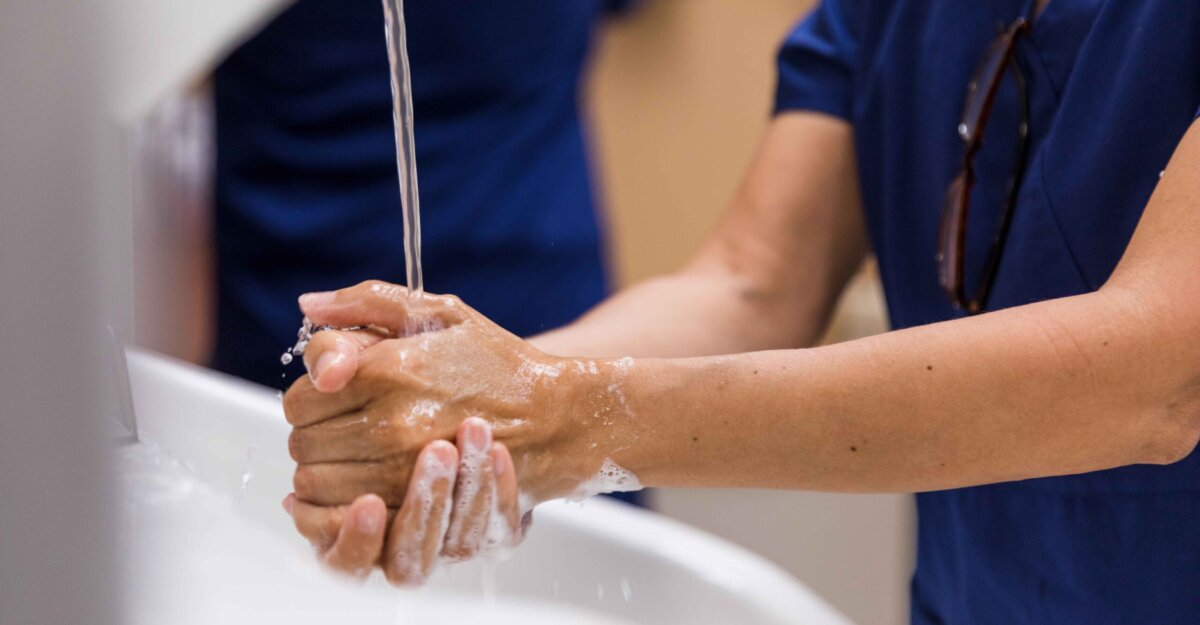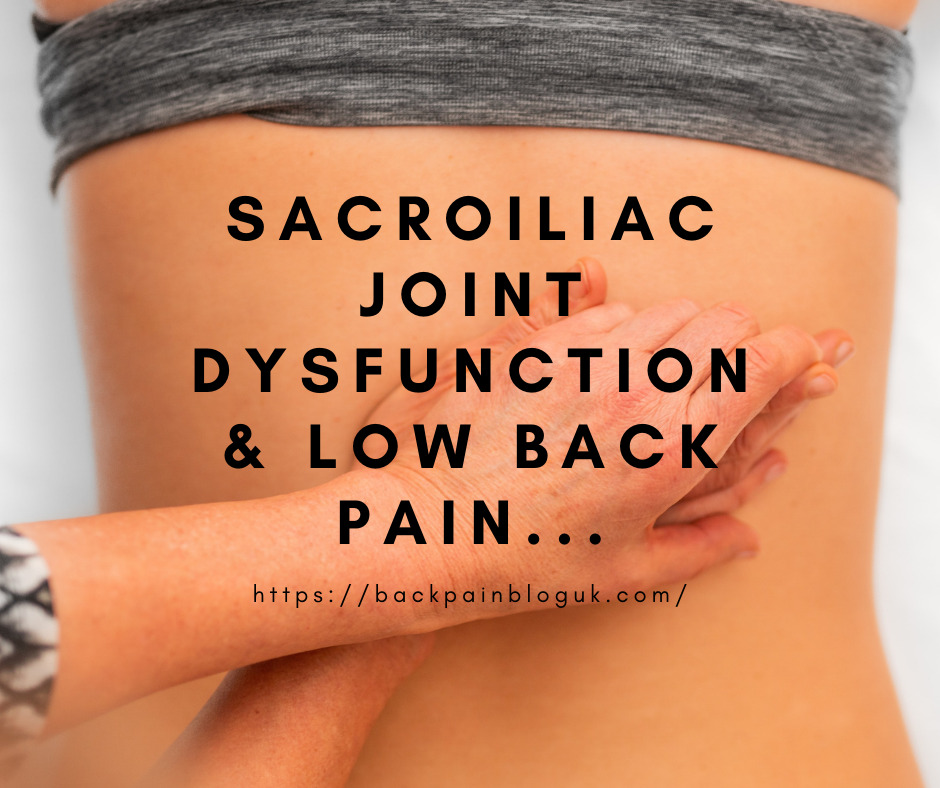Antimicrobial Wound Cleansers: Essential Tools in Infection Control

In the critical arena of wound management, the prevention of infections stands as a pivotal concern. Antimicrobial wound cleansers are specially formulated to combat this issue, offering a robust defense against a wide array of pathogens and significantly enhancing the healing environment.
Contents
The Critical Role of Antimicrobial Cleansers
The complications arising from wound infections are multifaceted, potentially escalating to increased pain, extended hospital stays, and in severe cases, life-threatening conditions. Antimicrobial wound cleansers serve an indispensable role by eradicating harmful pathogens from the wound surface, thereby substantially lowering the risk of infections.
Types of Antimicrobial Cleansers
The choice of an antimicrobial cleanser is largely influenced by its active ingredients, each tailored to combat specific types of pathogens:
- Iodine-Based Cleansers: Known for their broad-spectrum effectiveness, these cleansers are capable of destroying bacteria, fungi, and viruses alike, making them a go-to option in various medical settings.
- Silver-Infused Cleansers: These products harness the potent antimicrobial properties of silver, making them particularly effective for treating burns and chronic wounds, where the risk of infection is elevated.
- Chlorhexidine Solutions: Favored for their skin-friendly properties, chlorhexidine-based cleansers are effective against both gram-positive and gram-negative bacteria and are commonly used in both community and hospital settings.
Appropriate Usage of Antimicrobial Cleansers
Antimicrobial cleansers are particularly vital in the care of patients with compromised immune systems and those with chronic wounds. They are also crucial for:
- Surgical Sites: Post-operative wounds are susceptible to infections that can delay healing and increase complication risks.
- Burns: Due to the skin’s damaged barrier, burns are highly prone to infections.
- Chronic Wounds: Such as diabetic foot ulcers or venous leg ulcers, where prolonged healing times can increase the infection risk.
The appropriate use of these cleansers involves more than merely applying them to a wound. It requires an understanding of when and how to use them effectively to maximize their benefits while minimizing potential resistance.
Implementing Antimicrobial Wound Care
To effectively integrate antimicrobial cleansers into wound care protocols, several strategies can be employed:
- Routine Assessment: Regular evaluation of the wound’s condition to determine the necessity of antimicrobial intervention and to tailor the choice of cleanser to the specific pathogens involved.
- Proper Application Techniques: Ensuring that the cleanser is applied correctly, according to the manufacturer’s instructions, and in a manner that maximizes its effectiveness while ensuring patient comfort.
- Monitoring and Adjustments: Continuously observing the wound’s response to the treatment and making necessary adjustments to the care plan to address any emerging resistance or side effects.
The strategic use of antimicrobial wound cleansers is indispensable in modern medical care, particularly in settings with high risks of infection. Selecting the right type of cleanser, based on the wound’s characteristics and the patient’s overall health status, is crucial. By effectively reducing the microbial load, these cleansers not only prevent infections but also support the body’s natural healing processes, leading to faster recovery and reduced healthcare costs. Educating healthcare providers and patients about the appropriate use and potential benefits of these products will help optimize outcomes in wound management.






